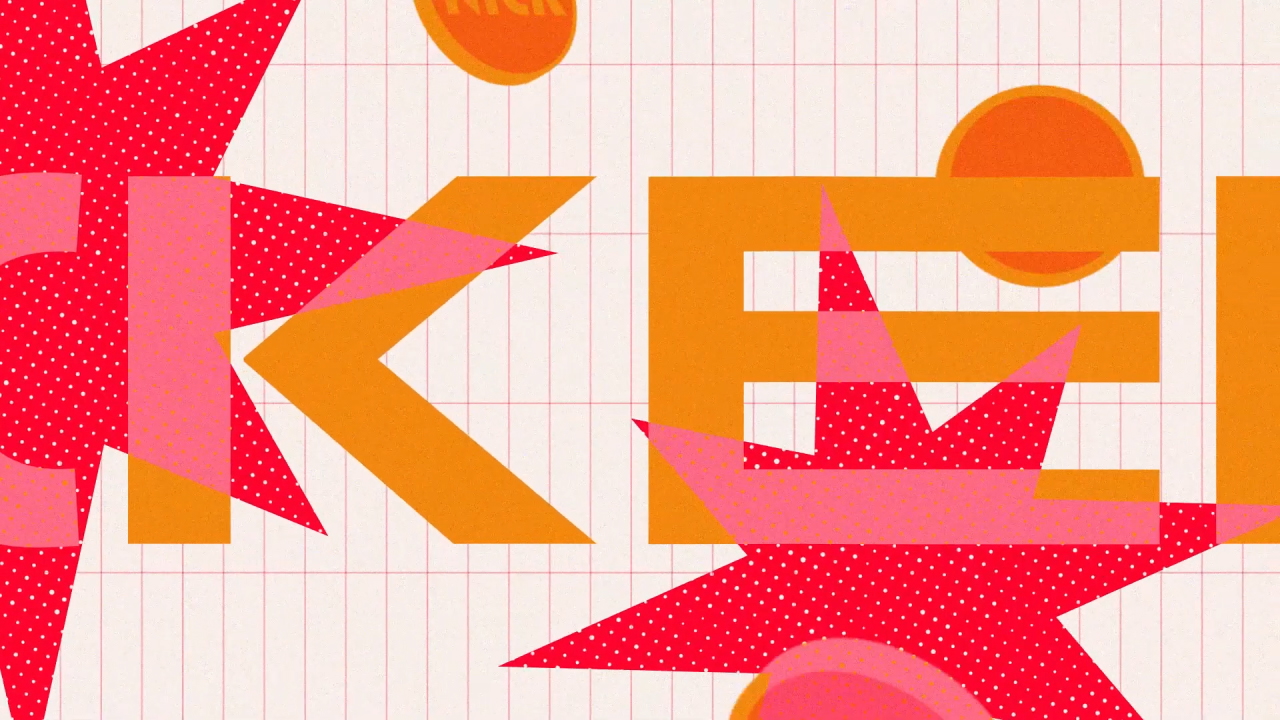Motion Design and Concept Art Curriculums Prepare Otis College Students for Industry Jobs
These areas of emphasis are offered to Animation, Illustration, and Game and Entertainment Design majors.

An art and design education at Otis College allows for maximum flexibility in creative output and career preparedness. This past year, Otis College launched two new areas of emphasis—Concept Art and Motion Design—in a bid to make students as industry-ready as possible.
An area of emphasis is a structured plan of study within a major. Illustration and Game and Entertainment Design majors can opt to take specialized courses in Concept Art, whereas Animation majors can delve more deeply into Motion Design.
Concept Art
Students in the Illustration and Game and Entertainment Design BFA programs who take the Concept Art area of emphasis are offered the same four-course content: Concept Art Drawing Intensive, Storytelling for Concept Art, Concept Art Production and Development, and Concept Art Packaging and Finishing. These specialized courses are completed during students’ junior and senior years. In addition, Concept Art students take four electives during which they can continue to develop their concept art, drawing, and painting skills.
For Game and Entertainment Design majors, the Concept Art emphasis provides them with a critical foundation in visual storytelling, character development, world-building, and production practice—all essential components in game production. Students also develop expertise in character and prop design, environment art, digital painting, and ideation—essential skills for defining the visual style of games and entertainment experiences.
For Illustration majors, the Concept Art emphasis immerses them in the vibrant intersection of visual storytelling disciplines, mastering the range of skills needed to bring imaginary worlds to life. The curriculum emphasizes the “art department perspective,” teaching students to think like visual problem-solvers while working with industry-standard tools and processes. The emphasis builds on our Illustration core courses, where students spend significant time honing their craft through figure drawing, and digital and traditional sketching exercises, ensuring they develop the keen eye and steady hand needed for concept art.
From crafting compelling characters to designing evocative environments, the Concept Art area of emphasis focuses on building a robust foundation on top of the range of core skills explored in the Illustration major. For Game and Entertainment Design majors, it allows them to master the artistic side of development while gaining insight into the technical pipeline. This interdisciplinary approach makes students well-rounded contributors who can collaborate effectively with technical teams, bridging the gap between artistry and implementation.
Motion Design
Animation majors who take the Motion Design area of emphasis have the opportunity to blend typography, graphics, filmmaking, sound, and animation to create dynamic, time-based visual storytelling. From title sequences and commercials to motion graphics for film, TV, and games, the Motion Design emphasis prepares students to design engaging visuals for today’s entertainment and media industries.
“Animation is a field that is always evolving with new techniques and software, so our program needs to prepare students to be innovative and flexible,” says Ron Bernard, chair of the Animation program. “There are things happening now with Unreal Engine and motion capture that are truly amazing and will create a paradigm shift in how we approach animation. This Motion Design area of emphasis ensures our students won’t be lost in the sea of ‘generalist’ animation work.”
The program includes four specialized courses, which start in the sophomore year: Type for Illustrators, Motion Design Fundamentals, Motion Design I, and Motion Design Explorations. These courses complement Animation’s core curriculum in rendering, modeling, complex graphics, and software programs like Unreal, Houdini, and the Adobe Creative Suite. The combination of storytelling, typography, 3D graphics, animation, and integration with live-action footage ensures Motion Design students are well-versed in professional production practices—ready for thriving careers in the film, TV, broadcast advertising, visual effects, and video gaming industries, among others.
What’s more, students are taught to be self-directed, motivated, and adaptive in learning the latest techniques to create and collaborate on elegant solutions to production work with diverse teams across multiple disciplines. An ability to communicate effectively while working with others in pursuit of a common goal underpins this professional preparation.
Explore the Motion Design area of emphasis in Animation.
More information about the Game and Entertainment Design Concept Art area of emphasis.
Learn about the Illustration Concept Art area of emphasis.
Related News







